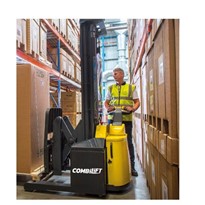Operating a forklift is an important job, and forklift operators take on a lot of responsibility when they get their forklift licence. Forklift trucks are certainly useful, but they also pose certain risks within the workplace. If they are used recklessly, or without following the correct procedures, it can lead to damage of property, and worse, injury or even death. That means, safety always must come first when getting behind the controls.
Here, to give you a refresher, we will go through five things that all operators need to remember in order to be able to operate a forklift safely.
1. Never operate unlicensed
Having a forklift licence is essential before operating a forklift. During the process of obtaining a license, operators go through training that covers all the important safety information. The only courses that are valid for getting a forklift license are those run by a Registered Training Organisation (RTO). These courses aren’t just like taking a driving lesson – they teach you much more than how to manoeuvre the machine. You will also learn the relevant regulations that must be adhered to in any workplace where forklifts are used.
2. Wear your safety gear
Forklift operators are typically required to wear a hard hat, safety shoes, and high vis clothing at a minimum. You should never operate a forklift without putting these on first. Usually, employers will provide their employees with safety gear, but even if they don’t, it is your responsibility to follow up and make sure these things are available to you. Also, make sure your safety gear fits well. Loose clothing items can get stuck in machinery, and loose hard hats aren’t protecting anyone.
3. Check the forklift every day
When you start your shift for the day, it is important to thoroughly check the machine before starting operation. You need to make sure the forklift is working properly and is capable of achieving its max reach. Make sure you check covers for the brakes and steering, and that all components are functioning smoothly. It may seem like a burden to do this for every shift, but consider how much worse it will be if you have a malfunction mid-operation. If you notice anything, for example stiff controls, you need to have the machine booked in for repairs and service.
4. Follow speed restrictions
One of the most common causes of injury and damage while operating a forklift is speed. Every workplace has regulations around the maximum speeds a forklift can travel, and these should always be adhered to. Going over the speed limit not only endangers you, but those around you, and your employer’s property. So don’t risk it. Stick to the limits and don’t rush, even if you are behind schedule, forklift safety is absolutely paramount.
5. Don’t get complacent
Sometimes when operators have been driving a forklift for a long time, they get complacent and start to cut corners. It is always important to be vigilant when it comes to safety procedures. Keep a keen eye out for any obstacles in your path, avoid bumps and slip hazards, and always sound your horn when approaching an entrance or a blind spot. You also need to keep a safe stopping distance from all other forklifts, at all times. These are just a few of the many safety precautions that will be outlined in your employer’s policies, and in your training.
Forklifts are not a toy. If you are getting behind the controls, just as when operating any vehicle or machine, you are taking your own and other’s safety into your hands. You always need to follow these tips to ensure that no unnecessary damage or injury results from negligence.




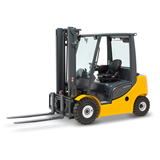
-160x160-state_article-rel-cat.png)



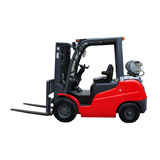





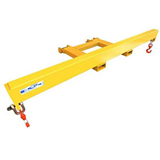


-205x205.jpg)
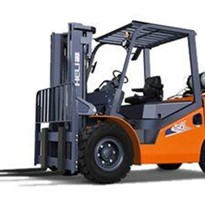



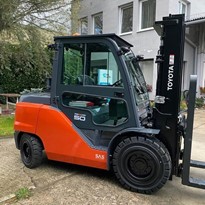



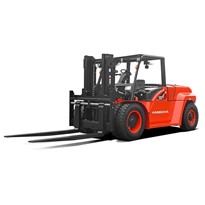

-205x205.jpg)








